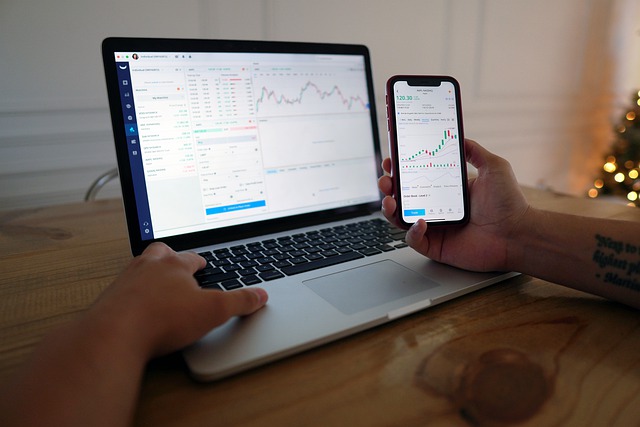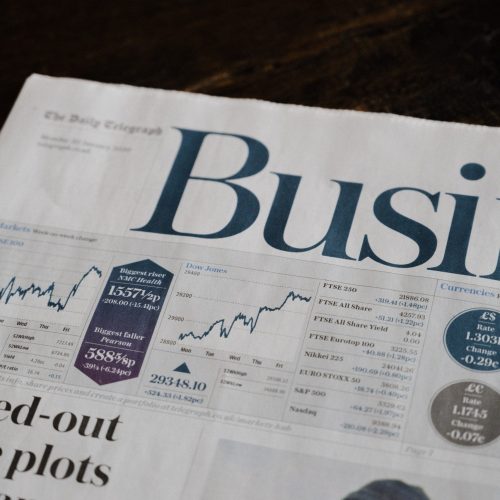If you’re reading this, the chances are that a) you’ve read a lot about the yield curve inverting and b) the economy is probably going to collapse soon. Relax—you won’t be blamed if it doesn’t. You might not even notice if it does, but here’s what you should know when that dreaded moment occurs.
Top tips
1) The fed funds rate has been raised to 5.25%. It means one of two things: either the Fed believes inflation is taking off, or they think we will have a recession within six months. In either case, rates must be increased quickly to prepare for what lies ahead.
2) If long-term interest rates continue to fall as short term rates rise, the yield curve will invert. It’s a sign that investors believe there is a high risk of recession soon.
3) Investors demand a higher yield for lending money for a more extended period because of the increased risk associated with it. When short-term rates increase, but long-term rates do not, this means that investors no longer see as much value in lending money for a more extended period.
4) An inverted yield curve has preceded every U.S. recession since 1955. So if you’re looking to blame someone,you can start with the Fed – they’ve been raising interest rates since 2004.
5) The GDP growth rate has fallen from 3.1% in Q3 to 1.4% now. It’s a sign that the economy is slowing down, but this may be temporary. Economists expect higher growth rates later on in 2006 and 2007 due to intense economic activity abroad and the typical rebound during the summer months.
6) Mortgage interest rates have dropped recently as home sales have decreased slightly. It means that although mortgage refinances applications are likely to fall, they will remain high for an extended period because people are still shopping around for unaffordable homes at mostly unaffordable prices.
7) Higher short-term rates cause inflationary pressures by raising borrowing costs for consumers and businesses alike, forcing companies to raise prices on the consumer. It then causes consumers to demand higher wages, forcing companies to raise prices even more.
8) The current fed funds rate is just 0.75% below the top of the fed’s inflation target range, so there is still room for rates to increase before hitting the ceiling of their target range. Although this may cause short-term interest rates to rise eventually, it will slow down growth, ultimately decreasing inflationary pressures as well.
9) There are several problems with an inverted yield curve that need to be fixed before it can be said that the U.S. economy is truly healthy again. It includes falling house prices, falling stock markets, high energy costs and virtually zero percent interest rates abroad – all of these factors make investing in the U.S. less appealing, thus increasing demand for foreign goods and investments.
10) To fix this problem, the Fed needs to credibly demonstrate they can begin raising rates at a future date without triggering inflation or recessionary pressures from the housing market or unemployment rate. Since neither of these appears imminently likely, the Fed is just treading water while investors anticipate action that will never come.
11) If we do hit a recession while this inverted yield curve exists, it will likely be mild and not last very long – typically lasting only three months on average compared with an average of about ten months without an inverted yield curve present. So you still have some time left to get your finances in order before the next recession hits.
12) The Fed has an inflation target of 2%. They’re currently 0.75% below that, so there is still room for rates to increase without hitting the top of their inflation range. Only very high price movements over a substantial period will cause the yield curve to turn positive again.



